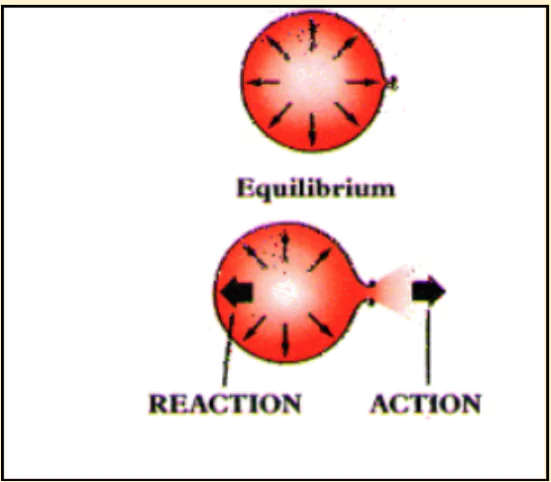On February 7, the Indian Space Research Organisation (ISRO) successfully tested the re-ignition of the indigenously developed CE20 cryogenic engine in space-like vacuum conditions at the ISRO Propulsion Complex in Mahendragiri, Tamil Nadu.
Understanding Key Concepts
- Rocket Propulsion: When a balloon is released and the air inside it escapes, the balloon rises due to the force exerted by the escaping air. Rocket propulsion operates on a similar principle.
- In other words rockets work on the principle of Newton’s third law: for every action, there is an equal and opposite reaction.
- When a rocket’s engine expels hot gases from a nozzle, it pushes the rocket in the opposite direction. Rockets use propellants, which can be solid, liquid, or gaseous.

- Rocket Fuels: Rocket fuels can be categorised into three types:
- Solid Fuel: Composition: Hydroxyl-terminated polybutadiene (HTPB).
- Features: Does not require an oxidizer or engine.
- Liquid Fuel:
- Composition: UMMH (unsymmetrical dimethylhydrazine) or UDMH, with an oxidizer such as nitrogen tetroxide (N204).
- Cryogenic Fuel:
- Composition: Liquid hydrogen (LH2) at -253C and liquid oxygen (LOX) at -183°C as the oxidizer.
- Cryogenic Stage: It involves handling fuel at very low temperatures, and is crucial to providing the extra thrust required by the rocket to carry heavier satellites deeper into space.
- Re-Ignition: Re-ignition is like driving a car up a hill and then turning off the engine to let it coast down due to gravity. When you reach the bottom, you need to restart the engine to keep going.
- Similarly a cryogenic engine needs to be restarted mid-flight for certain space missions.
- For example, a Mars mission might require the engine to reignite after traveling for months. Currently, ISRO’s only engine that can be reignited in space is the Liquid Apogee Motor (LAM), which uses liquid fuel.
- The CE20-U engine successfully performed a re-ignition test under conditions similar to those it would face in space.
Evolution of Cryogenic Technology and India’s Experiences
- Era of Cold War: The first cryogenic engine in the US, the RL10, debuted in 1963. The Soviet Union also developed its cryogenic engines around the same time.
- India’s Journey: In the 1990s, ISRO began looking for cryogenic technology, initially from Japan and the US, but both options were too expensive.
- The Soviet Union offered to sell their engines and even transfer the necessary technology.
- End of Cold War: In the following months, the Soviet Union collapsed, and the United States pressured Russia to withhold the technology, arguing that India might use it for nuclear missile development.
- Russia Kept Its Word: While Russia delivered six engines, it did not provide the associated technology.
| The US argument over Russia’s transfer of the necessary technology was weak, as missiles need to be ready for launch within seconds, whereas cryogenic engines require at least 24 hours of fueling. It was also hypocritical, given that just months earlier, the US had offered to sell engines at much higher prices |
- ISRO’s Breakthrough: After a series of setbacks, ISRO successfully developed its own cryogenic engine, the CE20.
- Missions: After years of hard labour, the CE20-powered LVM3 launch vehicle delivered the GSAT-19 into geostationary transfer orbit on June 5, 2017. The engine was fitted in the Chandrayaan 2 and 3 launch vehicles..
- Future Prospects: The CE20 engine, now with re-ignition capability, will be a key part of India’s future interplanetary missions, including the Gaganyaan mission, which aims to send Indian astronauts into space.
- Countries with Cryogenic Engine: Countries like the US, Russia, Japan, India, France, and China use cryogenic engines, but they are typically used in the upper stages of rockets, once the vehicle has exited Earth’s atmosphere.
Conclusion
The successful testing of the CE20 cryogenic engine represents a major leap forward for India’s space program. With this engine, ISRO is poised to take on more complex missions, including those beyond Earth’s orbit, showcasing India’s growing capabilities in space technology.
![]() 14 Feb 2025
14 Feb 2025


